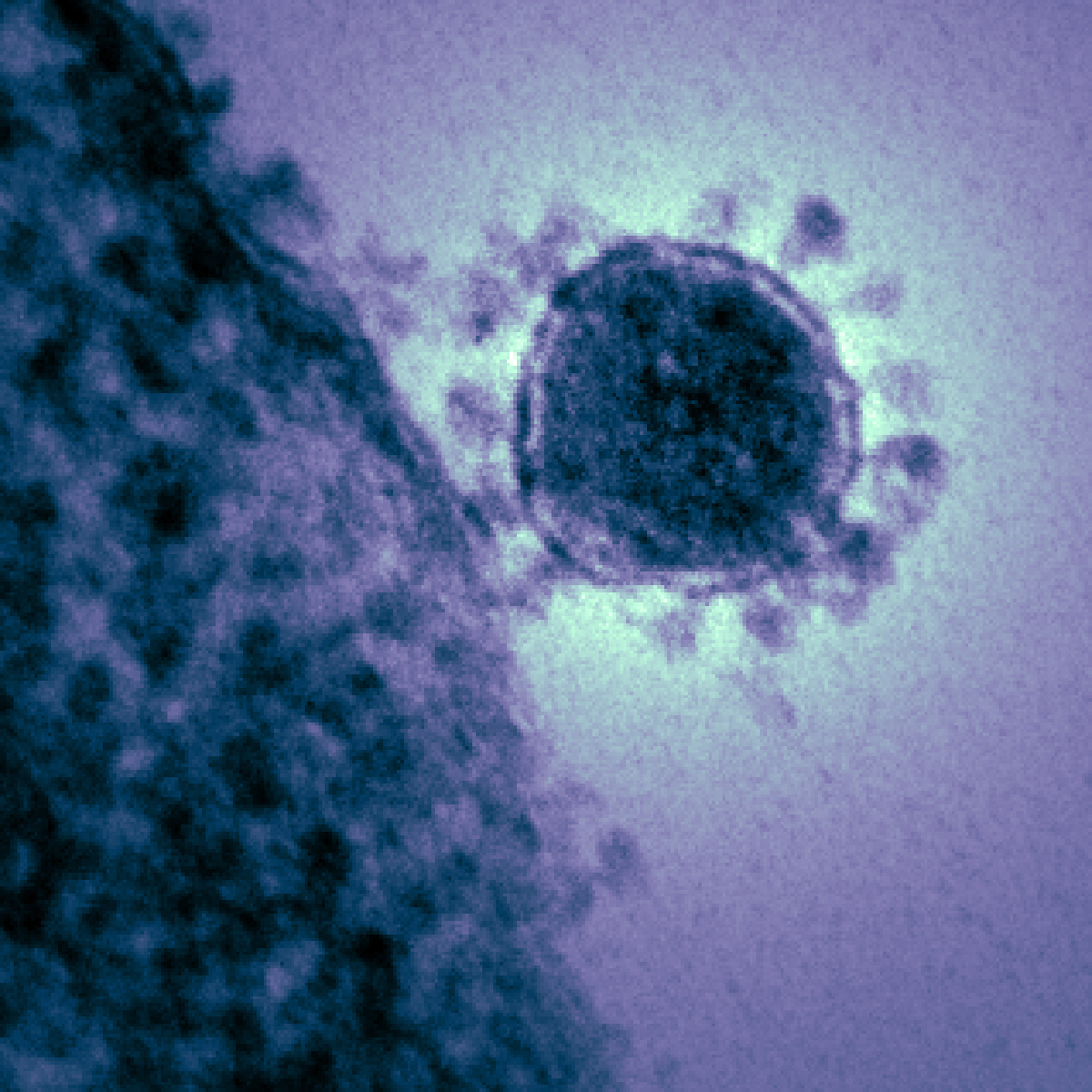The Wuhan coronavirus: Pandemic is coming

Because I’m a microbiologist who writes science disaster thriller novels, I’ve closely followed the story of the new Wuhan SARS-causing coronavirus since it came to light in early January. I have in fact been obsessed with it because in preparation for writing my novels (especially THE HAN AGENT and REVERSION) I’ve devoted a lot of research and thought to how viruses mutate either naturally or could be altered in a lab, and the various genetic properties they would need to start a pandemic. I think SARS-CoV-2 is unstoppable, and we should use the P word: pandemic.
A pandemic is a global epidemic. A pandemic of the Wuhan coronavirus (called SARS-CoV-2, causing a disease called COVID-19) would mean outbreak clusters like the one in Wuhan in cities all over the world. Those disease clusters might not be as bad as Wuhan, or they could be worse. The draconian efforts at isolation in the Chinese city, even if they work, are too authoritarian to be copied in many other countries.
It all comes down to the infectivity of the virus. Epidemiologists put a number of how easily a disease-causing agent is spread: it’s called the basic reproduction number, or R0 (r-naught). R0 is the average number of healthy people who will catch the virus from each infected person. A lot of factors influence R0, and its value can change. If R0 is less than one, a disease is disappearing. If R0 is greater than one, then an outbreak is expanding.
At the time I’m writing this, best estimates of R0 for the COVID-19 virus are in the range of 3. If there are large numbers of people who get infected but don’t get sick or show any symptoms that would bring them in for testing, then the number is even higher.
Epidemiologists are working furiously to get good data to generate accurate answers to this and other key questions about COVID-19. But it will take time. Meanwhile, we have anecdotes and incidents that hint at the magnitude of the risk.
- In the city of Wuhan, the official tally of cases is a massive undercount.
- Day after day in January and February, the number of patients testing positive for the coronavirus was limited by the number of tests they were able to do.
- Many patients who clearly were suffering from a respiratory infection tested negative once or even twice before getting a positive test for the virus
- Because the hospital system was overwhelmed, and because movement within the city has been restricted, many patients have stayed home and out of the official count
- Based on screening of foreigners who were evacuated from Wuhan, it’s possible that the number of silent infections, in people who don’t show any symptoms, may be as high as ten times the official case count.
- The Diamond Princess proves SARS-CoV-2 is very contagious
- Because coronavirus was on board, this cruise ship was held in quarantine in Japan for two weeks with about 3700 people on board (passengers and crew). Of those people, over 600 tested positive for the virus. That’s 15-20% of everybody on board, in a situation where best effort was being made to minimize contact and exposures.
- Not only the aged and infirm are dying
- Pneumonias are usually most lethal for people who are not in the best of health to begin with. For example, last year in the US, 75% of deaths from influenza were in people over the age of 65. COVID-19 is also most deadly for the elderly but young people are dying too. Li Wenliang, the Chinese ophthalmologist who was the first to alert fellow physicians about a new SARS-like pneumonia cluster in late December 2019, was only 33 years old when he died six weeks later. Is his case unusual? We’ll see.
- This is important because the 1918 pandemic flu broke the rule, killing mostly people in the prime of life. We believe the reason is their own immune systems responded so vigorously that it damaged their lungs. This phenomenon of a an almost-suicidal effort by our immune system to save us is called a cytokine storm. If SARS-CoV-2 triggers a cytokine storm, then fatalities will skew toward younger, healthier people rather than just the old and infirm.
- SARS-CoV-2 spreads like the flu
- Influenza virus (the flu) spreads through respiratory droplets produced when someone coughs or sneezes. You can also catch it from other exposures to saliva, on surfaces or hands. Apparently the COVID-19 virus is similar.
- People can carry and spread SARS-CoV-2 without even knowing they’re infected.
- The existence of asymptomatic carriers makes it more likely COVID-19 will go global as a pandemic. We don’t yet know how long the asymptomatic period is, but it could be as long as two weeks. This is worrisome.
- Also, some patients present with gastrointestinal symptoms like diarrhea and nausea instead of cough and fever. Because they don’t look like they have COVID-19, they might have more opportunity to spread the infection.
IMAGE COURTESY OF CDC PUBLIC HEALTH IMAGE LIBRARY
0 Comments
Share this:


0 Comments